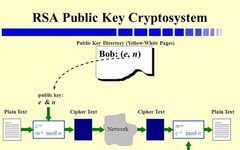Understanding The Technical Foundations Of Privacy Computing
“IT Chat” is a professional information and service platform under the Machinery Industry Press, dedicated to helping readers master more professional and practical knowledge and skills in the broad field of IT, quickly enhancing workplace competitiveness. Click on the blue WeChat name to follow us quickly. Secure Multi-Party Computation Before discussing secure multi-party computation (hereafter … Read more








